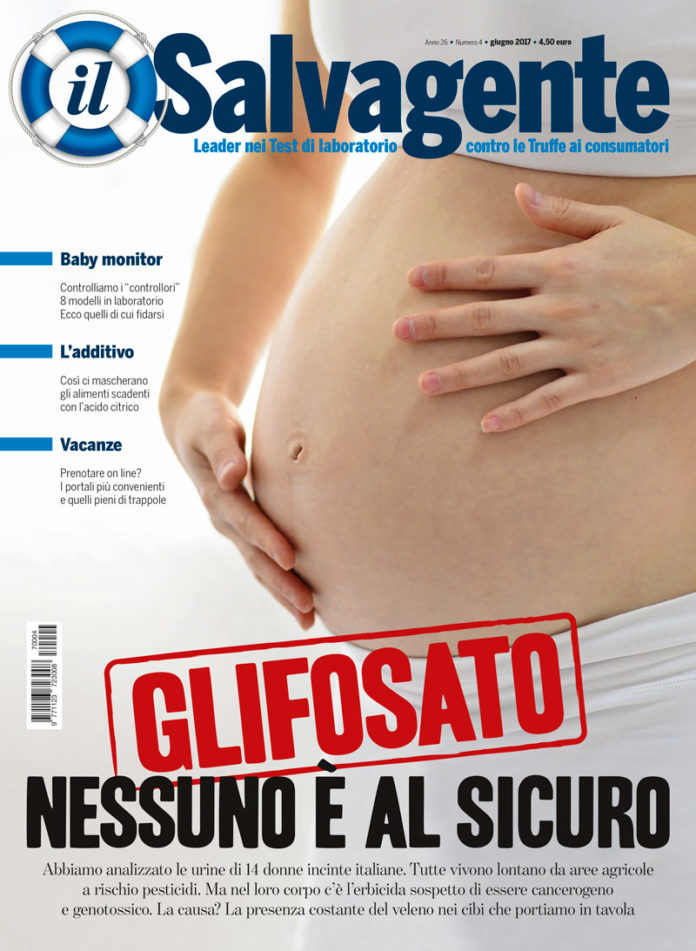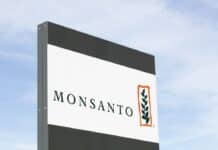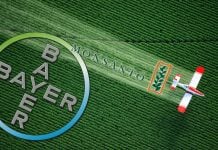
It is not necessary to live near the fields: the risk of being contaminated by glyphosate is real even when you live in the city centre of a big city such as Rome. The analysis carried out by Salvagente, in partnership with the association A Sud, are clear: 14 women out of the 14 examined, tested positive to the research of glyphosate in their urines.
“If we do not change course, nobody will be able to feel safe, nor can think his/her children are, not even if they have not come into existence yet” Riccardo Quintili, director of the monthly il Salvagente, who presented the special magazine number dedicated to pesticides, he adds, “among the many things to change there is also the attitude of the ones who should institutionally defend consumers and instead blemish themselves with conflicts of interests that cloud their judgement.” The reference is to the too many scandals that have come along studies on safety of glyphosate, in particular to those that in recent years have acquitted it, by repudiating the “probable cancerogenity” declared by Iarc.
The quantity of glyphosate observed in the analysis range from 0.43 nanograms per millilitre of urine up to 3.48 nanograms. Are they few? A lot? It is impossible to judge, as there are no maximum quantities allowed. What is sure is that glyphosate should never be present in our body, least of all in unborn children’s bodies.
What are the risks? Patrizia Gentilini, oncologist and member of the Scientific Committee of ISDE – Doctors for the Environment, explained: “There are several experimental data on human placental and embryonic cells that demonstrate how glyphosate provokes necrosis and favours the planned cellular death. Therefore, it is a genotoxic substance, in addition to a cancerogenic one, as Iarc established, not forgetting that this herbicide also acts as endocrine disruptor”.
According to the analysis disclosed by the consumers’ monthly and by A Sud, the prime suspect is nutrition: the way that brings glyphosate into our body passes inexorably through what food we put on our tables. Not only bread, pasta, flour and other products based on flour as the last year’s analysis carried out by il Salvagente showed. More than 85% of animal feed used in breeding farms are, in fact, composed of corn, soya, GMO rape, made resistant to glyphosate.
The target is also to change the regulation policy of toxic substances in agriculture; for Marica Di Pierri, A Sud: “We need to totally change the way we produce food. A pesticide-free agriculture is possible and it is a matter of health, in addition to protecting the environment we live in. We need to review authorization procedures so that they are transparent and not conditioned by the overwhelming power of multinationals. “
Simona Savini, association WeMove and coordinator in Italy for the ECI Stop Glifosato: “Through the European Citizens’ Initiative to ban glyphosate we could really lay the foundations for a pesticide-free agriculture. Hundreds of associations are engaged in this campaign and in only three months we collected 800,000 signatures on (www.stopglyphosate.org/it). We have to reach one million signature by June and also in Italy we can play our part.”










